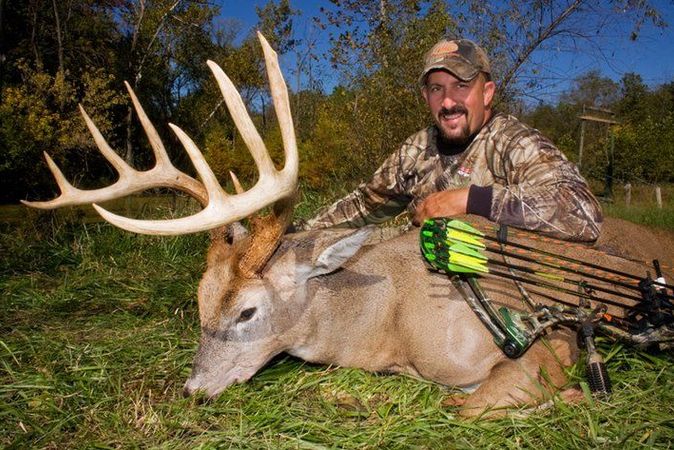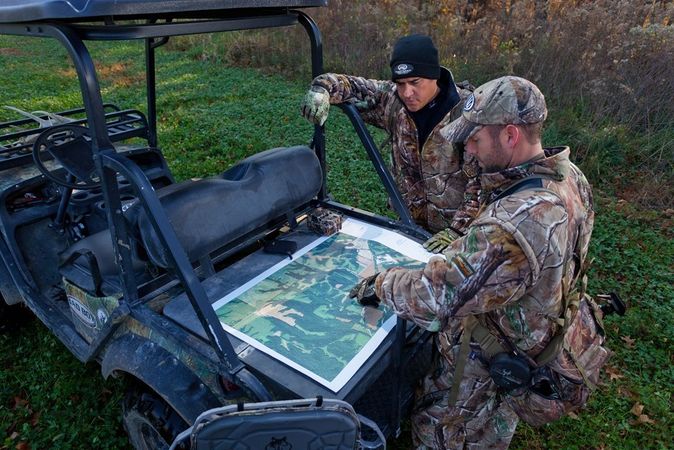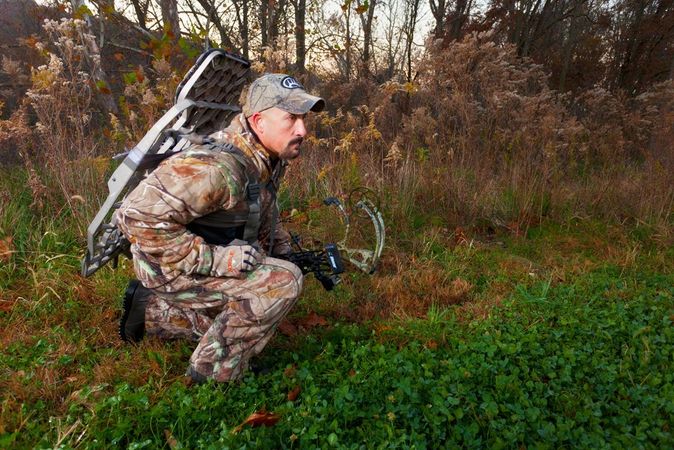More hunters than ever are scouring the woods in the early days of spring in search of shed antlers. But why? Well, not only is it a fun way to spend time outdoors (some people even bring along their dogs to help), it’s also an important scouting tool. Finding antlers can provide valuable information about how many deer made it through the season, plus it can provide insight as to where trophy-caliber bucks are lurking on your hunting property.
The popularity of finding deer sheds is what led Whitetail Properties to start #ShedRally in 2014. Each spring, participants are challenged to search for antlers and upload pictures of their finds to social media for a chance to win prizes with the hashtag #ShedRally. Shed Rally 2020 will be March 14 and 15. Even the most experienced antler hunters will want to start preparing now because our prizes are pretty awesome.
Why Deer Shed Their Antlers
Though there’s a deeper science behind it, the two main reasons a whitetail’s antlers shed is because the daylight hours have shortened and their testosterone levels have dropped after the rut, which causes the tissue below the base of the antlers to deteriorate and the antlers to fall off. There are several contributing factors to why the shedding process begins at different stages across the country: climate, nutrition, age, stress and the genetics of a buck.
When to Start Hunting Sheds
While it may seem like you’ll be able to shed hunt all spring, the time to start searching is in late winter and early spring. On public land, you’ll have competition with other shed hunters. But whether you’re on private or public ground, sooner is better because you’ll also be racing for antlers against mice, porcupines and squirrels. These animals eat them because they’re rich in calcium. A squirrel can chew down an antler in a matter of days, depending on its size.
Continue to Use Trail Cameras
Not only do trail cameras help capture ideas for post-season scouting, they also provide pictures of antlerless bucks. Make it a routine to check your cards throughout spring. Once you spot several bucks without their headgear, it’s time to hit the woods in search of sheds.
How to Find Shed Antlers
Find a food source and you’ll find the bucks. If the rut was long, they’re likely still recouping and chowing down to get through the final days of winter. Check natural food sources and look for areas with standing crops like soybeans and corn. Even harvested fields can still attract deer. As the weather warms and food becomes more readily available, continue to scout and search any new food sources.
Bedding areas are also gold mines. Bucks typically sleep away from other deer, so look for secluded spots in thick brush. Don’t forget to check for tracks leading to bedding areas to determine if it’s been made by a mature deer. A buck’s prints are larger than a does and often won’t be located on well-worn trails. Pay attention to obstacles such as tree falls or fences, where a deer may have had to jump or duck, thus popping their headgear free. Hillsides and deep hollows are good spots to check as well.
Cover Distance
Once you’ve identified where you’ll be searching, your next tactic should be to cover as much ground as possible. If you have access to a four-wheeler, hop on and get your binoculars out. If not, hit the woods on foot, and keep your eyes to the ground to carefully scan the forest floor. Map out the terrain into quadrants so you don’t miss key places. And remember, even the largest set of horns can blend in with the leaves and brush. As snow begins to melt, antlers that were dropped earlier in the year will become visible.
Now that we’ve equipped you with all the tools and tips you need to find sheds on your property, get ready to get out there for #ShedRally 2020!







